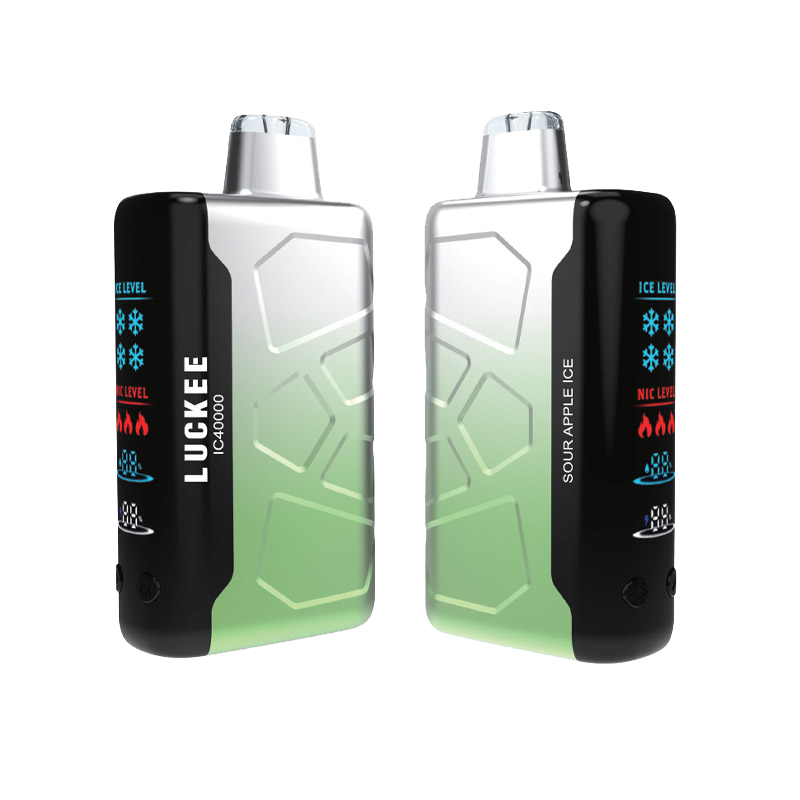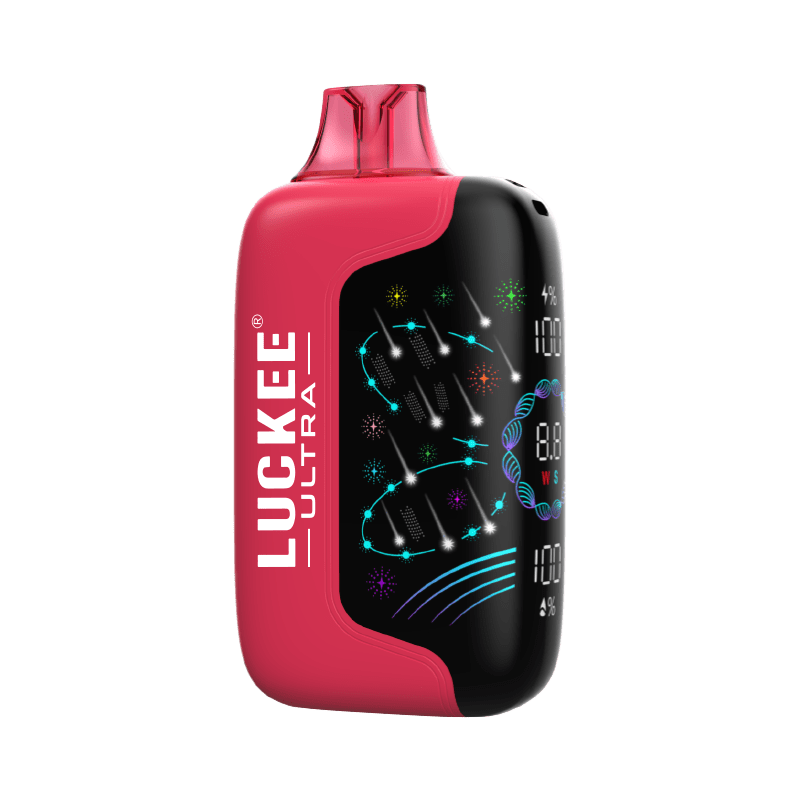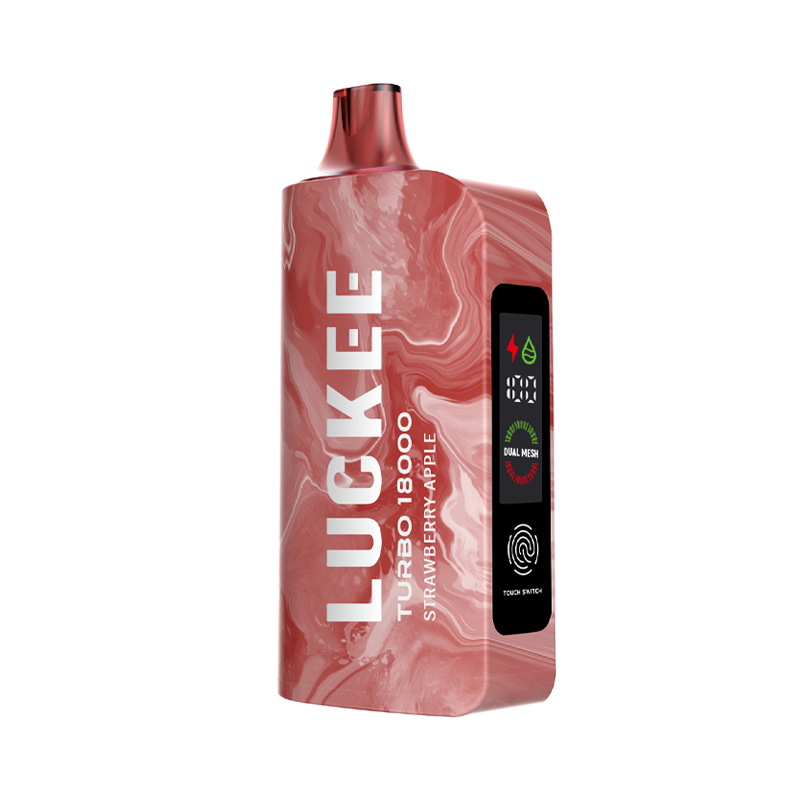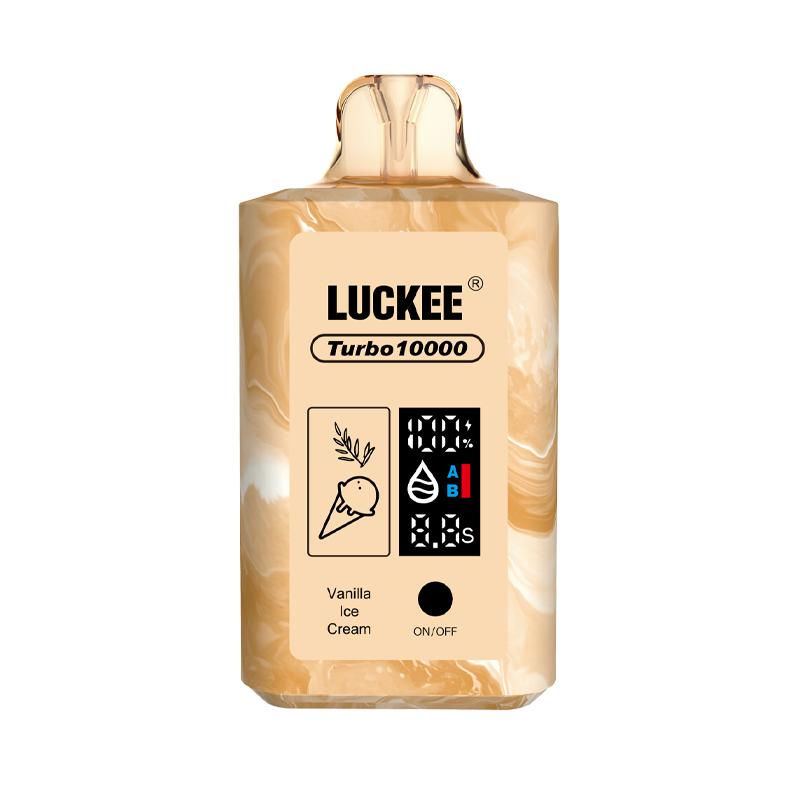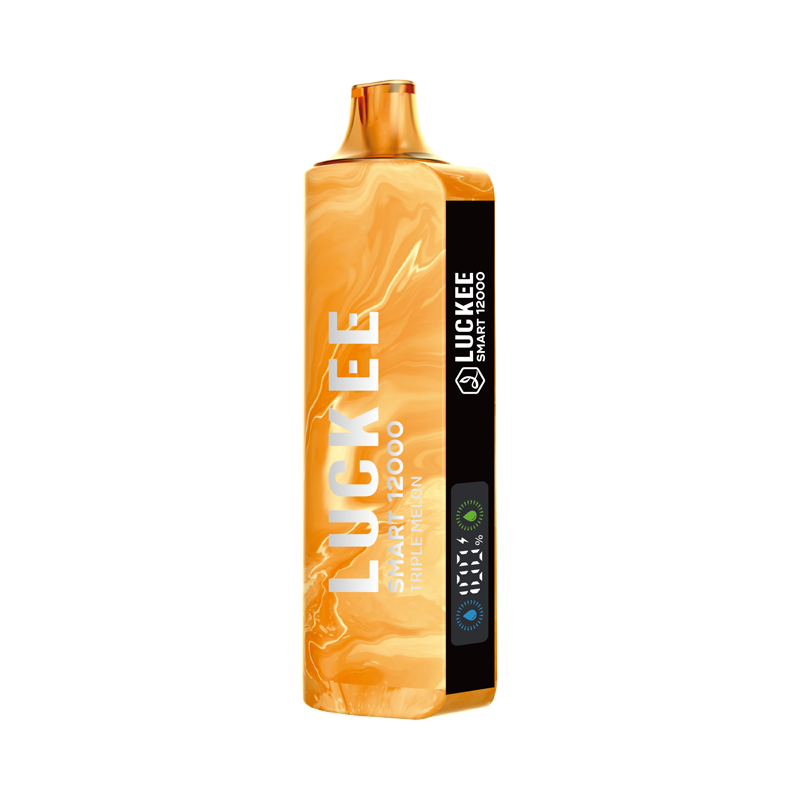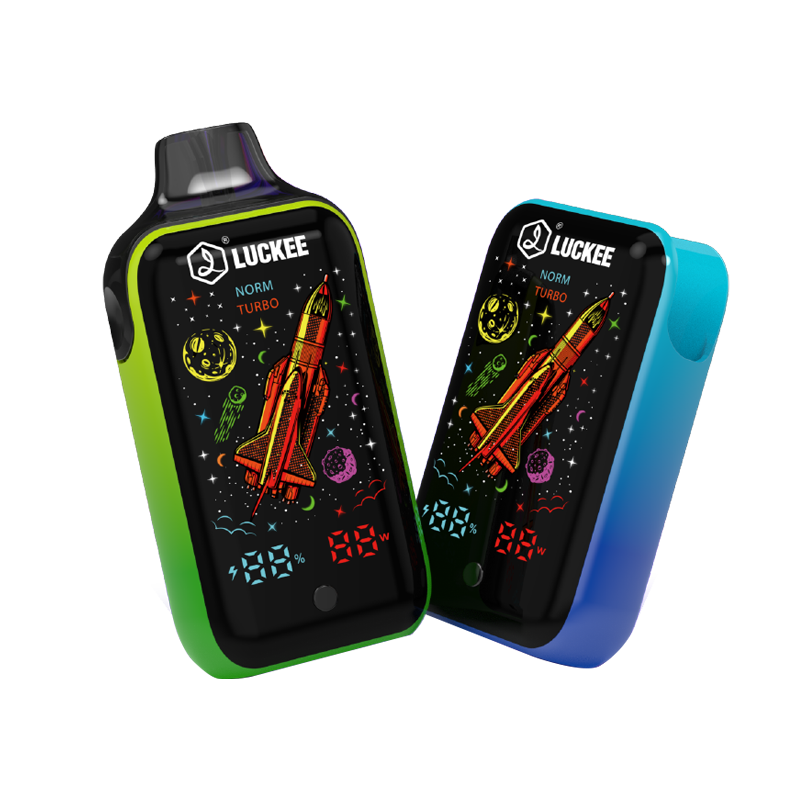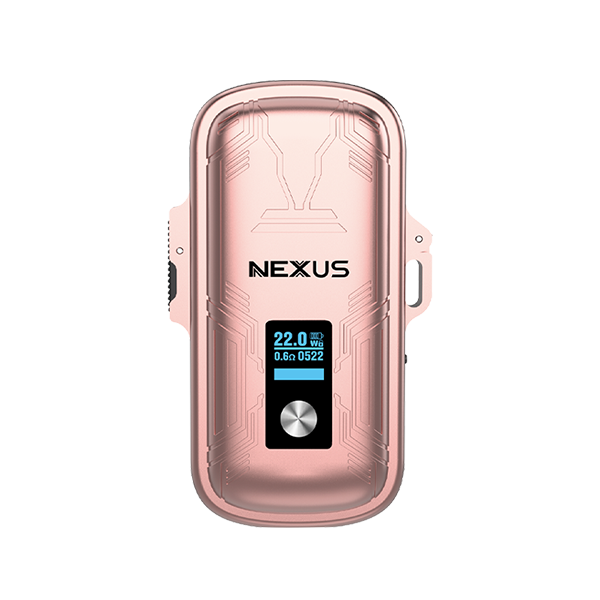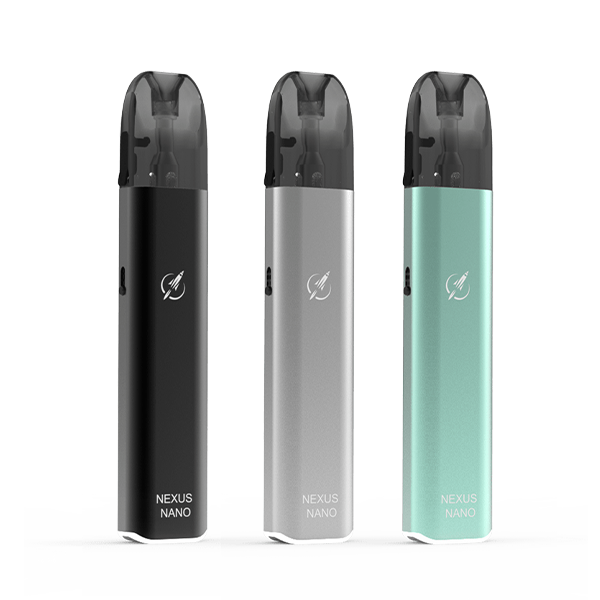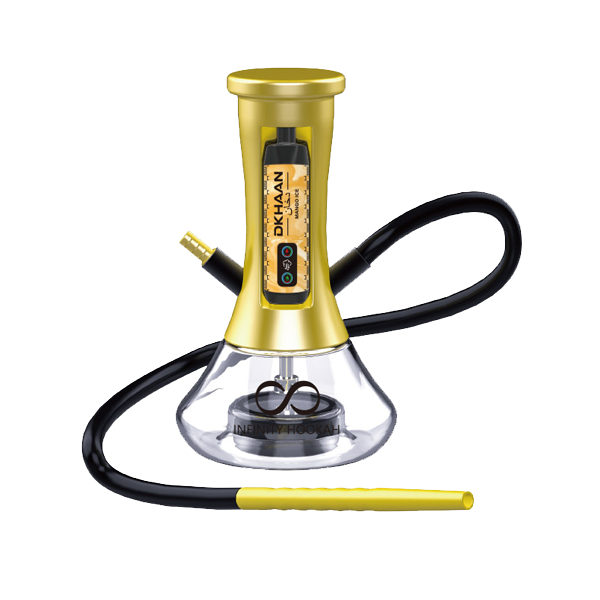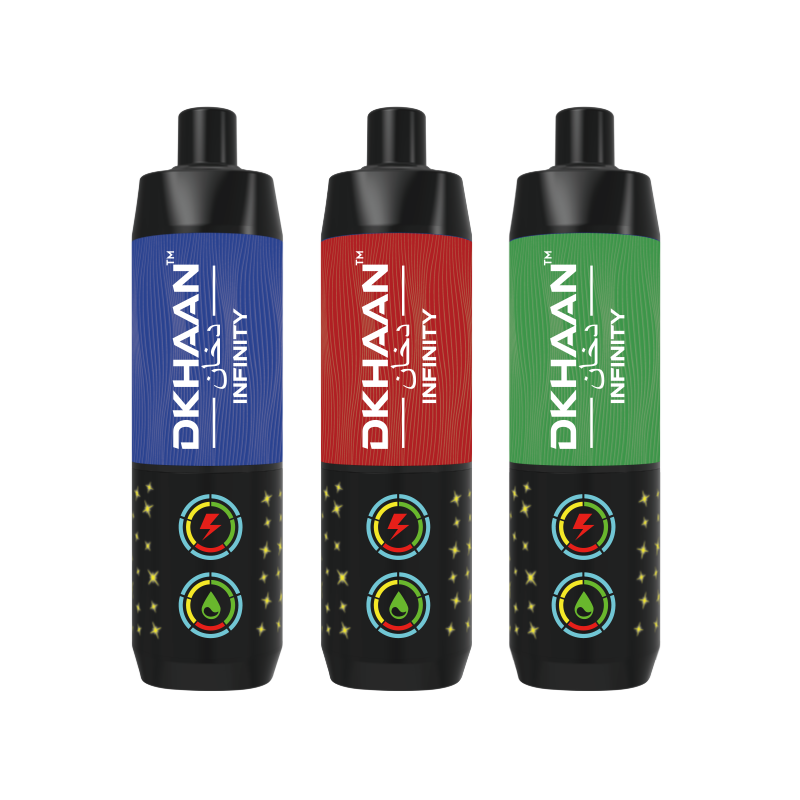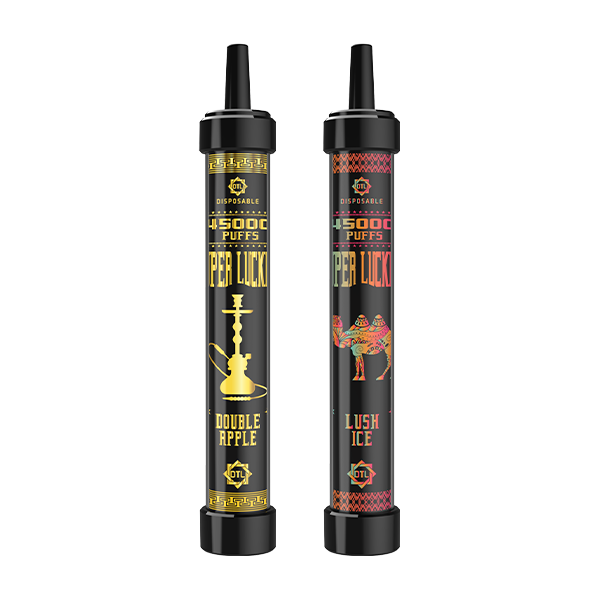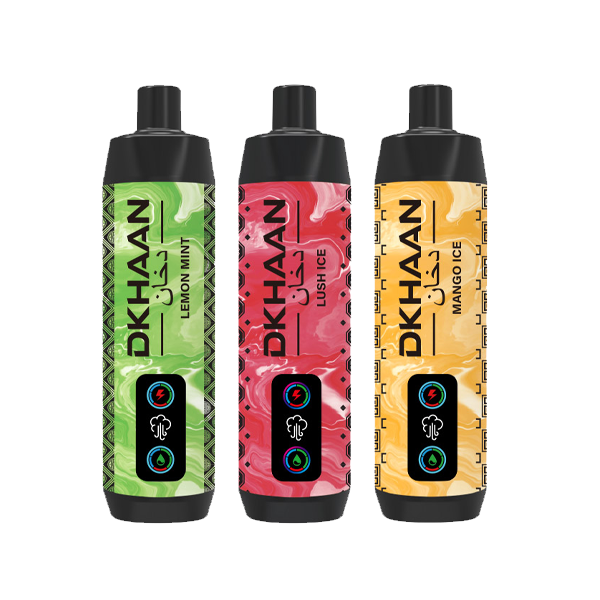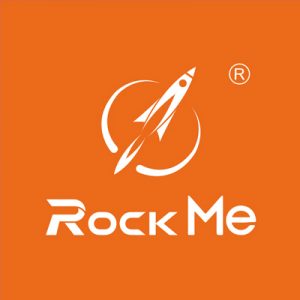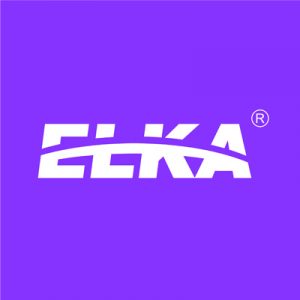In the fast-paced world of vaping, hardware innovation often originates from the production hubs of China. With Shenzhen at the heart of global vape manufacturing, countless brands have risen to prominence by delivering sleek, user-friendly, and technologically advanced disposable vape products. However, while manufacturing prowess is abundant, navigating regulatory compliance—particularly in Western markets such as the United States and the European Union—presents a unique challenge.
Two of the most influential regulatory bodies are the FDA (Food and Drug Administration) in the U.S. and TPD (Tobacco Products Directive) in the EU. For Chinese manufacturers and global brands alike, adapting disposable vape hardware to meet both sets of standards is not only essential for market access but also critical for brand longevity and consumer trust.
This article dives into how companies can bridge the gap between East and West, tailoring their disposable vape products to meet FDA and TPD compliance while maintaining performance, flavor, and user experience.
Understanding the Regulatory Landscape
The FDA and PMTA Process
In the U.S., all disposable vape products fall under FDA oversight through the Center for Tobacco Products. To legally market any new tobacco product—including vapes—companies must submit a Premarket Tobacco Product Application (PMTA). The PMTA evaluates whether the product is “appropriate for the protection of public health,” focusing on:
-
Ingredient disclosures
-
Manufacturing process
-
Product design and engineering
-
Aerosol emissions and toxicology
-
User behavior studies
This makes it essential for manufacturers to conduct extensive research, testing, and documentation.
The EU’s TPD Requirements
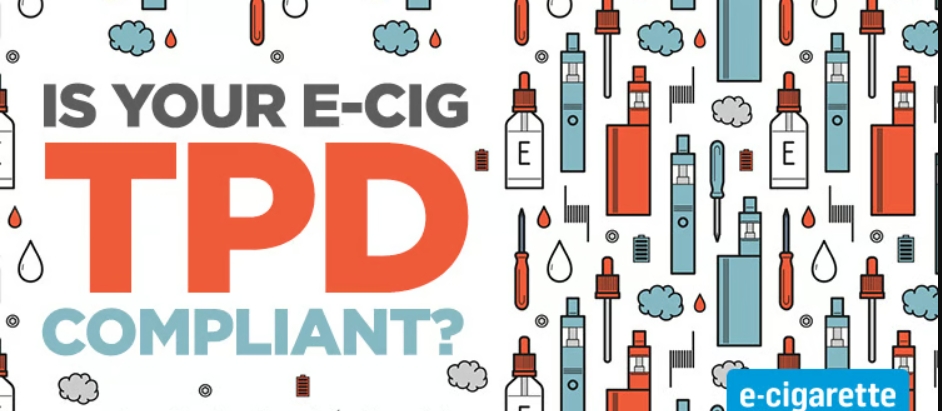
Meanwhile, the European Union’s Tobacco Products Directive (TPD) lays out strict guidelines for e-cigarettes and refill containers. To sell a disposable vape in TPD-regulated markets like the UK, Germany, France, and Italy, manufacturers must ensure:
-
A nicotine concentration ≤20 mg/mL
-
E-liquid volume ≤2 mL for disposables
-
Child-resistant and tamper-evident packaging
-
A 6-month notification before launch via the EU-CEG system
-
Emission testing and toxicological data
Unlike the FDA, TPD is more focused on consumer protection and product limitations rather than long-term behavioral impact.
Design Adjustments for TPD and FDA Compliance

1. E-Liquid Volume & Nicotine Strength
One of the most immediate challenges is adjusting disposable vape specs to fit TPD limits. Many popular Chinese devices are designed with high-capacity tanks (5mL+) and high nicotine concentrations (up to 50 mg/mL), particularly for markets like the U.S. or Middle East.
Solution:
-
Create separate SKUs: one for TPD (2 mL/20 mg) and one for FDA (with PMTA support for higher volumes/nicotine).
-
Integrate fill-line indicators or internal restrictors for precise compliance.
2. Battery Output & Puff Count
Devices marketed in the U.S. often emphasize high puff counts (5,000+), which may raise regulatory red flags. For TPD, smaller battery capacity and limited lifespan are required to reflect the 2 mL cap.
Solution:
-
Match battery output to e-liquid volume to avoid overuse.
-
Use lower-wattage coils or firmware-controlled puff limits in TPD models.
3. Materials & Component Transparency
Both the FDA and TPD require detailed component breakdowns, including plastic types, wicking materials, coil metals, and adhesives. Even the mouthpiece material must be listed and assessed for safety.
Solution:
-
Work with component suppliers to obtain RoHS and REACH certification.
-
Build a digital Bill of Materials (BoM) for every disposable vape model to support documentation.
Emission Testing & Toxicology
This is where compliance becomes deeply scientific. Both FDA and TPD require emission analysis, measuring compounds like formaldehyde, acetaldehyde, and heavy metals released during vaping.
FDA PMTA Focus:
-
Long-term inhalation exposure studies
-
User exposure modeling
-
Lab-based comparative analysis with combustibles
TPD Focus:
-
Lab test reports from ISO 17025-certified labs
-
Risk assessment of ingredients and emissions
Solution:
-
Partner with accredited labs in the U.S., UK, or EU for simultaneous testing.
-
Use mesh coil technology or ceramic coils for cleaner, more consistent aerosol results.
-
Optimize e-liquid formulation (especially flavorings) to minimize harmful byproducts.
Labeling & Packaging Compliance
For TPD:
-
Must include warnings like “This product contains nicotine which is a highly addictive substance.”
-
Packaging must be tamper-evident and child-resistant.
-
Health warnings should cover 30% of both front and back panels.
For FDA:
-
Nicotine warning must cover 30% of the two principal display panels.
-
All marketing claims must be backed by scientific evidence submitted in the PMTA.
Solution:
-
Implement a modular packaging system where only the outer box varies by region.
-
Use QR codes for extended product information and regulatory links (a growing trend among premium disposable vape brands).
Notification and Submission Process
Adapting hardware isn’t just about physical changes—it’s about following the right submission pathways.
TPD:
-
Submit notification via EU-CEG system at least 6 months before launch.
-
Include product data, ingredient list, toxicological profiles, and emission results.
-
Maintain records for inspection by national authorities.
FDA:
-
Submit PMTA for each product variant (flavor, size, strength).
-
The application must include environmental assessments (EA), user studies, and stability data.
-
Post-market surveillance is required.
Tip:
Develop a centralized documentation system in English to streamline submissions for both TPD and FDA processes. Many successful exporters use regulatory consultants to audit their data before formal submission.
Case Study: Adapting a High-Capacity Disposable Vape for Global Compliance
Imagine a 12 mL disposable vape manufactured in China, with 5% nicotine and a puff count of 6000. For the Middle East, this might sell perfectly. But to reach California or Berlin, extensive modifications are needed.
TPD Adaptation:
-
Reduce tank size to 2 mL
-
Cut nicotine to 2%
-
Adjust airflow and wattage to ensure ~600 puffs
-
Use tamper-evident seal and compliant labeling
FDA Adaptation:
-
Maintain 12 mL capacity, but submit PMTA with full scientific backing
-
Conduct user studies to support claims of satisfaction and reduced risk
-
Prepare post-market surveillance and adverse event reporting plan
This type of adaptation—when done correctly—can turn a localized product into a global success.
Collaboration Across Borders
For Chinese manufacturers, succeeding in the U.S. and EU means thinking beyond engineering. It requires aligning with international legal frameworks, scientific validation, and cultural expectations.
Some steps to take:
-
Hire local compliance consultants in the U.S. and EU
-
Develop English-language technical documents and SOPs
-
Conduct focus groups with Western vapers to test modified hardware
-
Invest in R&D teams that understand both design and regulation
This cross-functional approach has already paid off for several top disposable vape brands now dominating shelves in California and across the UK.
Conclusion: Global Compliance Is the New Innovation
As the regulatory environment for vaping tightens worldwide, product innovation alone isn’t enough. Adaptability, transparency, and scientific rigor are now essential parts of the disposable vape equation.
From Shenzhen to Sacramento, from prototypes to PMTAs, the journey of a disposable vape is no longer linear—it’s global. And those who can successfully translate their hardware to meet the needs of FDA and TPD alike will define the future of the industry.
Whether you’re a manufacturer, brand builder, or distributor, understanding the regulatory nuances of each region—and building products that meet or exceed those expectations—is the smartest investment you can make.
Because in today’s vaping world, compliance isn’t a cost. It’s a competitive advantage.

